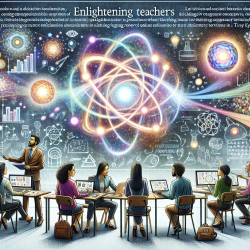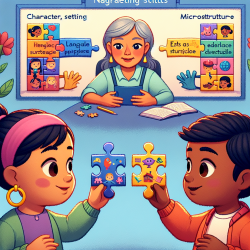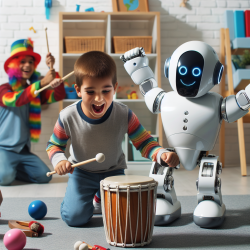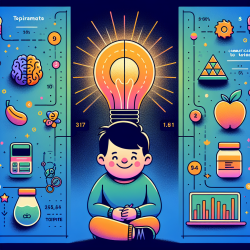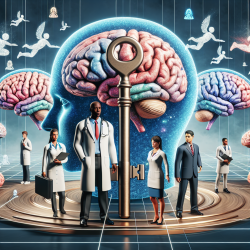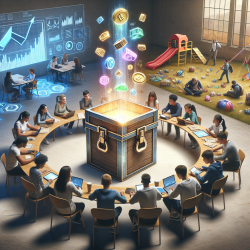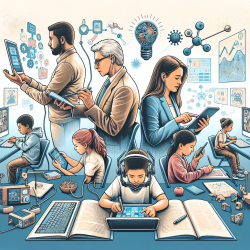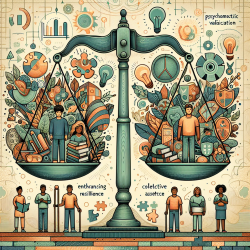In the realm of education, particularly special education, the quest for innovative methods to enhance learning and therapy is perpetual. Drawing inspiration from diverse fields can lead to breakthroughs that transform educational practices. One such field is particle physics, specifically the study of Bose–Einstein correlations (BEC) in particle collisions, as explored in the research titled "Two-particle Bose–Einstein correlations in pp collisions at (\sqrt{s} = 0.9) and 7 TeV measured with the ATLAS detector."
This groundbreaking research, published in The European Physical Journal C, delves into the intricate details of particle interactions at incredibly high energies. While it may seem far removed from the day-to-day challenges of special education, the methodologies and outcomes of such research can offer valuable lessons for practitioners.
Key Insights from Particle Physics Research
1. Precision and Detail Orientation
The study of BEC involves meticulous data collection and analysis, focusing on minute details to understand the fundamental interactions of particles. Special education practitioners can adopt a similar approach by paying close attention to the unique needs and responses of each student. Detailed observations and data collection can lead to more personalized and effective therapy plans.
2. Collaboration and Interdisciplinary Approaches
The research was a collaborative effort involving experts from various fields and institutions worldwide. This underscores the importance of interdisciplinary collaboration in solving complex problems. Special education professionals can benefit from collaborating with colleagues from different disciplines, such as psychology, occupational therapy, and speech therapy, to develop comprehensive and holistic intervention strategies.
3. Data-Driven Decision Making
The research relied heavily on data to draw conclusions about particle behavior. In special education, data-driven decision-making can significantly enhance the effectiveness of interventions. By systematically collecting and analyzing data on student progress, educators can make informed decisions about the best strategies to employ, adjusting their approaches based on empirical evidence.
4. Adaptability and Continuous Learning
Particle physics research is ever-evolving, with new discoveries leading to continuous learning and adaptation. Similarly, special education practitioners must remain adaptable, continuously updating their knowledge and skills to incorporate new research findings and innovative practices into their work.
Encouraging Further Research
For practitioners looking to deepen their understanding and improve their skills, engaging with research from diverse fields can be incredibly beneficial. Here are some steps to get started:
- Read Widely: Explore research articles from fields outside of education that may offer new perspectives and insights.
- Attend Conferences: Participate in interdisciplinary conferences and workshops to learn from experts in various fields.
- Join Professional Networks: Engage with professional networks and communities that encourage cross-disciplinary collaboration and knowledge sharing.
- Implement and Reflect: Apply insights from research to your practice and reflect on the outcomes, continuously refining your approach based on what works best for your students.
Conclusion
The study of Bose–Einstein correlations in particle physics offers valuable lessons for special education practitioners. By embracing precision, collaboration, data-driven decision-making, and adaptability, educators can enhance their practice and better support their students.
To read the original research paper, please follow this link: Two-particle Bose–Einstein correlations in pp collisions at (\sqrt{s} = 0.9) and 7 TeV measured with the ATLAS detector.
